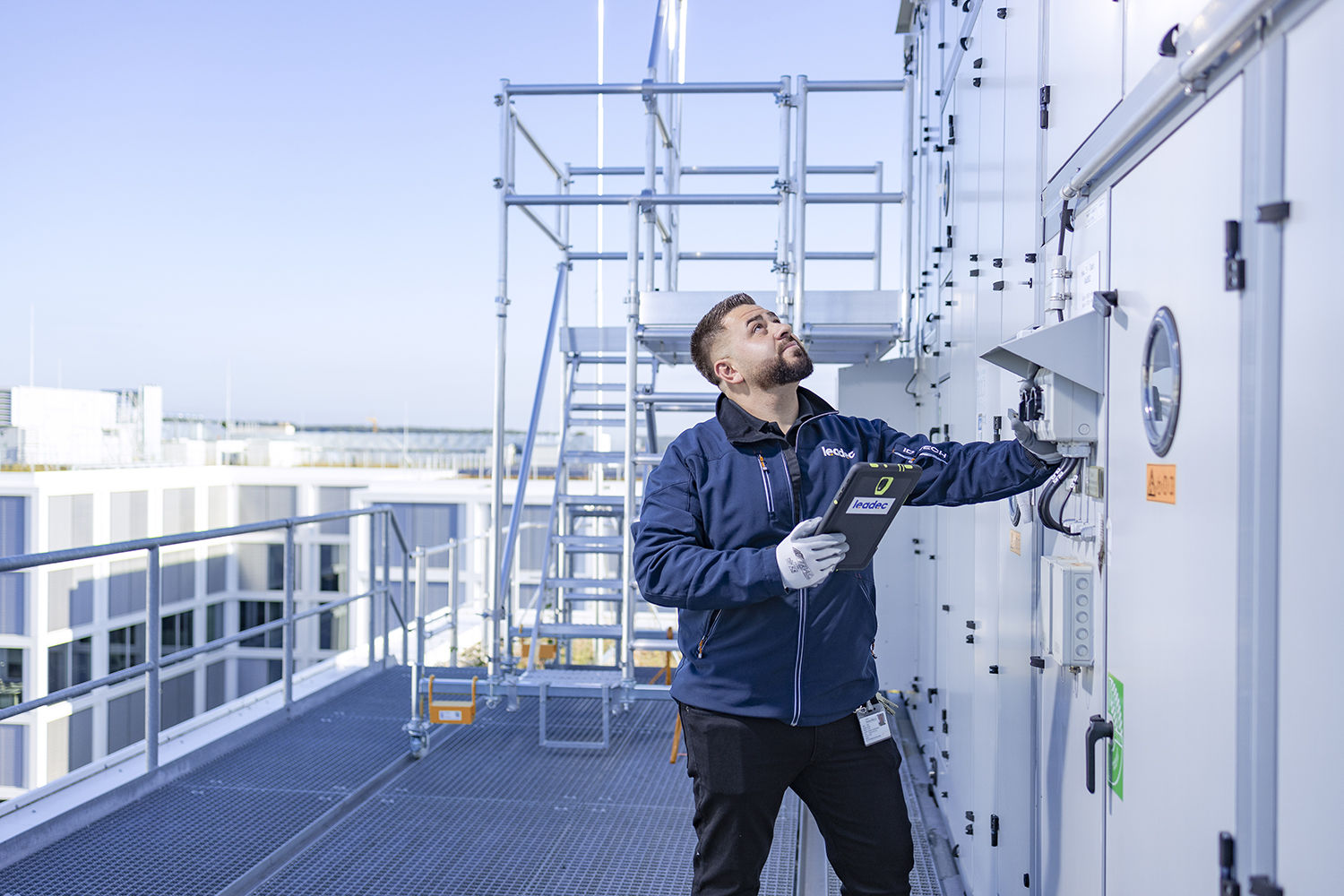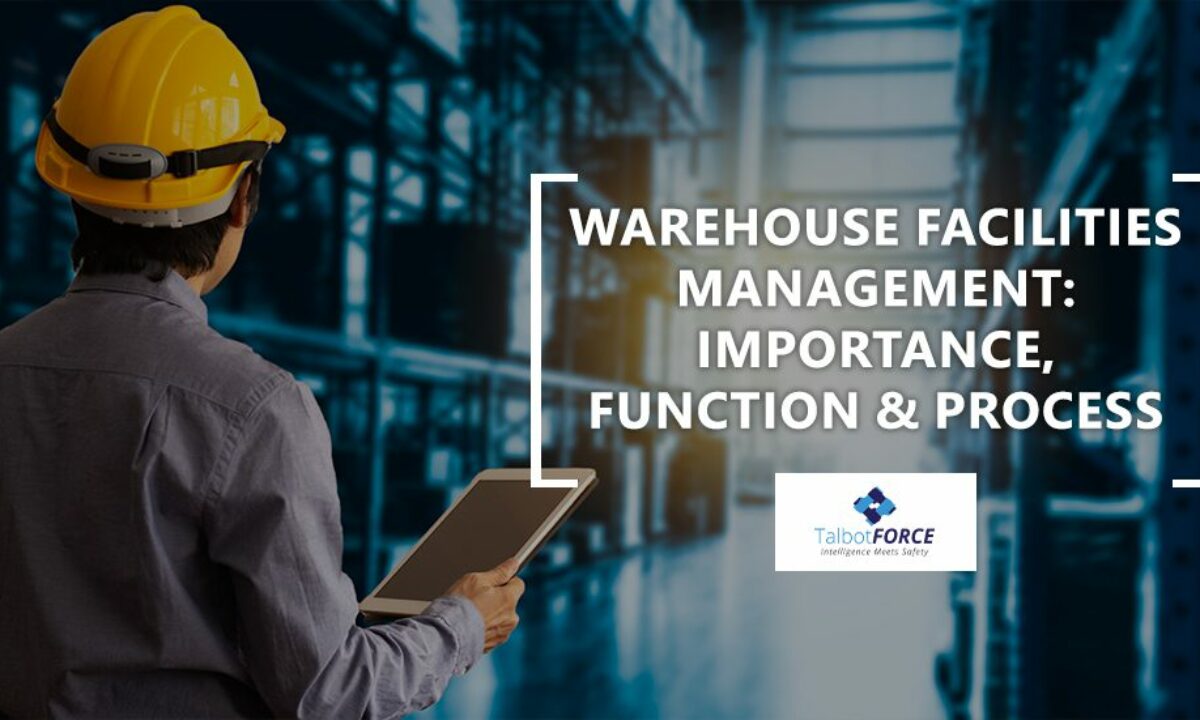Facility Management Trends That Are Forming the Future of Workplace Characteristics
Facility Management Trends That Are Forming the Future of Workplace Characteristics
Blog Article
The Vital Overview to Center Monitoring: Methods for Success
Facility administration plays an important duty in the general success of an organization, serving as the foundation that sustains productivity, efficiency, and safety. The nuances of efficient center administration prolong past mere logistics and call for an extensive understanding of both qualitative and quantitative metrics.
Understanding Facility Monitoring
What makes up efficient facility monitoring? Efficient facility monitoring encompasses the control of numerous business functions to ensure that built environments are safe, effective, and for productivity. Facility Management. It incorporates the principles of engineering, architecture, and business monitoring to develop a seamless operational circulation within an organization
Secret components of facility administration include area planning, maintenance management, and compliance with health and wellness laws. Area preparation focuses on maximizing using physical sources to sustain business objectives, while maintenance management guarantees that centers are maintained in optimum problem, making best use of life-span and lowering functional expenses. Conformity with legal and regulative criteria is important, as it safeguards the company against potential obligations and boosts its online reputation.
Furthermore, effective facility management relies upon the calculated use innovation, such as Structure Monitoring Systems (BMS) and Computer-Aided Facility Monitoring (CAFM) devices. These technologies promote real-time surveillance of structure systems and enhance upkeep procedures. Eventually, an extensive technique to center administration not just advertises operational efficiency yet also fosters a positive environment for site visitors and workers alike, driving total organizational success.
Key Strategies for Optimization
Optimizing center monitoring calls for a tactical technique that aligns operational exercise with organizational goals. To accomplish this, the initial crucial method is the application of incorporated technological options. Utilizing advanced software application systems permits real-time tracking of center operations, assisting in data-driven decision-making and boosting general performance.
Second of all, routine assessments of center efficiency are crucial. Performing regular inspections and audits allows facility supervisors to determine areas that need renovation, guaranteeing that resources are alloted effectively. This positive strategy assists in minimizing downtime and boosting solution distribution.
An additional essential technique is cultivating partnership throughout departments. By urging open interaction in between teams, facility supervisors can much better straighten their approaches with business goals, resulting in boosted operational harmony. Furthermore, involving personnel in training programs promotes a culture of accountability and enhances their ability to contribute to optimization efforts.
Enhancing Safety And Security Procedures
Enhancing security procedures is crucial for developing a safe environment within centers. A detailed safety and security method not only shields workers and visitors however also boosts operational effectiveness. To achieve this, facility managers need to perform regular risk analyses to identify possible dangers and make certain that suitable steps remain in place.
Training and education and learning are essential elements of efficient security protocols - Facility Management. Workers must receive continuous training in emergency treatments, equipment handling, and personal protective measures. Regular drills, such as fire discharges or lockdown procedures, foster knowledge and preparedness among team
Additionally, clear interaction channels have to be developed to report safety issues immediately. This consists of creating an available platform for workers to voice prospective threats or cases without concern of . Leveraging modern wikipedia reference technology can enhance security measures; for example, applying surveillance systems and accessibility controls assists check center activities and limit unapproved entry.
Lastly, compliance with regional regulations and industry standards is non-negotiable. Routine audits and reviews of security procedures guarantee positioning with current regulations and best practices. By focusing on these methods, facility supervisors can grow a culture of safety that shields all stakeholders and ultimately adds to the company's success.
Improving Office Atmosphere

Ergonomic considerations are important to decrease physical strain and discomfort. Facility Management. This entails supplying flexible furniture, correct illumination, and ample area for motion. These adjustments can bring about reduced absence and raised task fulfillment
Aesthetic appeals play a crucial duty in shaping the work environment atmosphere. Using shade psychology, natural lighting, and greenery can promote a welcoming and stimulating setting. Attentively developed spaces can increase creative thinking and enhance overall health.
Furthermore, urging worker engagement via inclusive decision-making processes can enhance the sense of ownership and belonging. Collecting comments on workplace renovations and entailing workers in the design process can bring about a much more customized environment that meets their requirements.
Lastly, advertising health initiatives, such as health cares and leisure areas, can better add to a supportive office culture. By concentrating on these approaches, center supervisors can effectively improve the office environment, driving both employee fulfillment and business success.
Gauging Success in Facilities
Measuring success in facility monitoring calls for a comprehensive strategy that reviews both qualitative and quantitative metrics. Quantitative metrics typically consist of key performance indications (KPIs) such as space usage prices, energy usage, upkeep prices, and tenancy levels. These metrics provide a clear photo of operational effectiveness and financial efficiency, permitting center supervisors to determine locations for renovation and benchmark against market criteria.
Qualitative metrics, on the other hand, concentrate on user fulfillment and worker involvement. Surveys and feedback mechanisms can assess just how well the centers satisfy the demands of occupants, aiding to assess the general workplace atmosphere. This aspect is critical, as a completely satisfied labor force is typically connected to enhanced productivity and retention rates.
To properly measure success, facility supervisors ought to also reference take into consideration integrating technology, such as constructing administration systems and data analytics tools, to accumulate and assess relevant information. Regularly reviewing both collections of metrics enables a much more balanced view of efficiency and informs tactical choices. Inevitably, a successful facility monitoring technique hinges on a dedication to continuous improvement, ensuring that both operational performances and user complete satisfaction are prioritized.
Verdict

Facility administration plays a vital role in the total success of a company, offering as the foundation that sustains performance, safety, and performance.Trick aspects of center administration include room preparation, upkeep management, and compliance with health and wellness and security regulations.In addition, efficient center monitoring relies on the critical use of innovation, such as Structure Management Systems (BMS) and Computer-Aided Facility Monitoring (CAFM) tools. Eventually, a comprehensive strategy to try this out center administration not just promotes operational performance however additionally promotes a positive setting for site visitors and workers alike, driving total business success.
Eventually, an effective facility management strategy hinges on a commitment to continuous enhancement, making certain that both operational efficiencies and user contentment are focused on.
Report this page